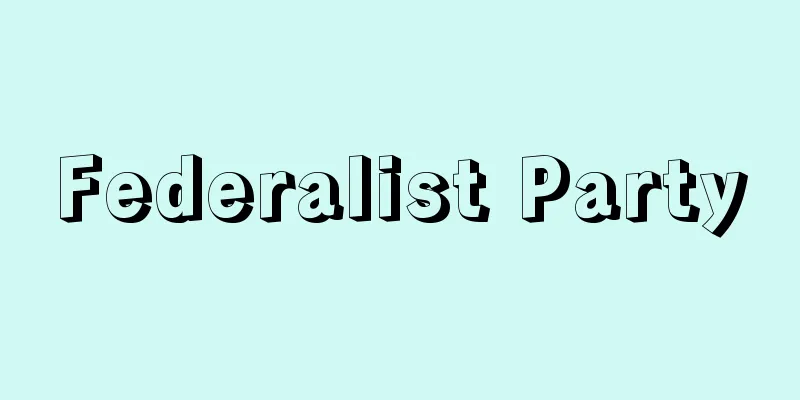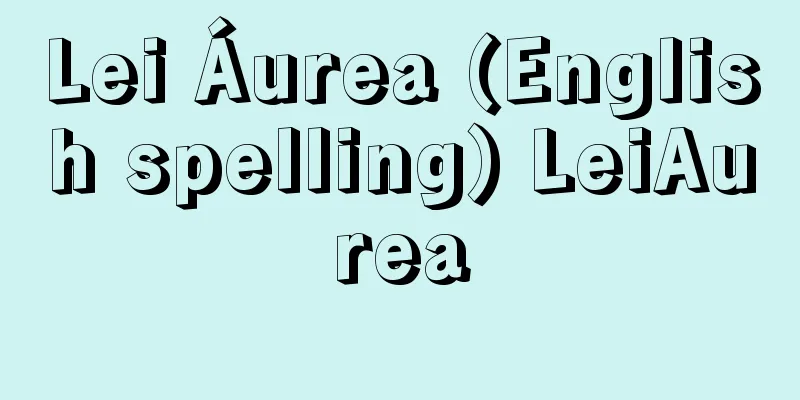Printing - Nassen

|
It is also called "nasen." In a broad sense, it is a print dyeing method in which color is applied directly to the surface of the fabric. For example, instead of immersing the fabric in a dye bath like in shibori, chugata, or wax dyeing, pigments, or dyes that have been made to develop a color like a pigment by using a mordant, are applied directly to the surface of the fabric, rubbed, and then pressed to dye it. In the narrow sense, printing refers to a pattern placed using a stencil. For example, hand-drawn yuzen, which is also yuzen dyeing but does not use a stencil, is usually not considered a printing method. In contrast, stencil yuzen, no matter how elaborate it is, is considered a printing method. Even with sarasa, blocks are included in the category of printing, as opposed to drawn sarasa. Also, although bingata and Edo komon also use stencils and dye the fabric directly, they are not usually called textile printing because the stencils used to apply the dye are a dye-resistant paste, not a dye. The oldest Japanese dyeing and weaving technique that is thought to be a type of printing would be suri-e, a type of painting from ancient dyeing and weaving. Fuki-e, which was done on paper, may also be similar to this. The tradition of suri-e was later seen in a type of suri-e called ban-e, which was used for dyeing with wooden molds, and was widely used for writing paper and other items in the Heian period. In the early modern period, printing by rubbing was used very frequently, for example in rubbing hitta. In the Meiji period, the field of color paste was developed along with the introduction of chemical dyes, and kata-yuzen-style printing developed, leading to the appearance of gasuri, where printing was applied not only to the surface of the fabric but also to the woven thread. [Yamabe Tomoyuki] Source: Shogakukan Encyclopedia Nipponica About Encyclopedia Nipponica Information | Legend |
|
「なせん」ともいう。広い意味では、色を直接布面に施すプリント染めのこと。たとえば、絞りや中形(ちゅうがた)、﨟纈(ろうけち)染めのように染料に浸(つ)けて浴染せずに、顔料、もしくは染料を顔料のように媒染によって発色した状態にしたものを直接布面に塗り、摺(す)り、押捺して染めるものをいう。狭義に捺染という場合は、模様を型で置いたものをいう。たとえば同じ友禅染めでも型を用いない手描き友禅は、普通、捺染とはいわない。これに対して、型友禅はいかに精巧なものでも捺染ということになる。更紗(さらさ)でも、描き更紗に対してブロックによるものが捺染の範疇(はんちゅう)に入ることになろう。また、同じく型を用いて、しかも染料を直接布面に塗って染めるものでも、紅型(びんがた)や江戸小紋は、型でつけるのは防染の糊(のり)であって、染料ではないので、通常捺染とはいわない。 日本の染織でもっとも古いもので捺染と思われるものには、上代染織のなかの摺絵(すりえ)がこれにあたるであろう。紙に行われた吹絵(ふきえ)などもこれに類するかもしれない。摺絵の伝統はその後、蛮絵(ばんえ)と称する木型による摺染めにみられ、平安時代の料紙などにも盛んに用いられたようである。 近世に入ると、摺りによる捺染は、たとえば摺り匹田(ひった)などに非常に多く用いられている。明治に入って、化学性染料の導入とともに色糊の分野が開発されて、型友禅系の捺染が発達し、布面だけでなく、織糸に捺染を施した捺染絣(がすり)などまで現れている。 [山辺知行] 出典 小学館 日本大百科全書(ニッポニカ)日本大百科全書(ニッポニカ)について 情報 | 凡例 |
Recommend
Mazurka - Mazur (Polish)
Polish folk dance. The name comes from the fact t...
Evolutionary theory
Living organisms are extremely diverse not only i...
Hoji - Hoji
The person responsible for managing the Ho, a unit...
Kokutaiji Temple
[1] A Rinzai sect Nanzenji temple in Akkeshi Town,...
Verification - Augenscheinbeweis
Evidence examination is when a judge obtains evide...
Advance payment of annual taxes
Taxes paid by villagers before the due date at the...
Primula tosaensis
… [Ken Inoue]. … *Some of the terminology that me...
Mountain Bluebird
...The male of the Western Bluebird, S. mexicana ...
Mr. Shoji
The surname of the king and royal family of the R...
Ushakov, Fëdor Fëdorovich
Born: 1744. Yaroslavl [Died] October 14, 1817. Mol...
Golden peacock cedar - Golden peacock cedar
...The yellow-colored Kifuchabohiba is one of the...
Miyoshi clan
A clan of military commanders based in Miyoshi Co...
Mint - Inuyamahakka
…It is not a substitute for mint. The leaves of t...
Fishery products - fishery products
…The 200-mile limit imposed in 1977 has forced al...
Anthony Pecherskii
983‐1073 A Russian monk. Founder of the Kiev Monas...









